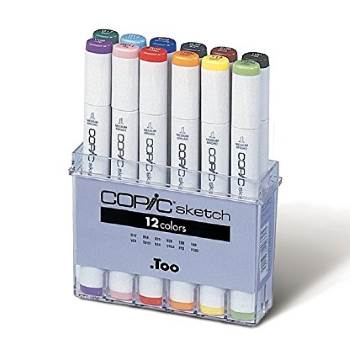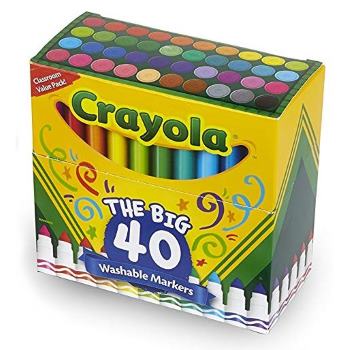Alcohol-based markers and water-based markers are different. There’s no getting around it. But if you’ve never used either type of marker before, you may not know the differences. Which one is right for you? Which one is best for [insert coloring technique here]?
In this post, we’re going to look at the differences between alcohol and water-based markers and go over the pros and cons of each type.
Before we start; what do we mean when we’re talking about water versus alcohol?

To answer that question, we need to take a look at the ink inside our markers. The ink is a combination of a pigment (the actual colored dye particles) and a solvent (the liquid that the color is suspended in). Some markers use water as the solvent, and others use alcohol. Each of these solutions give the combined ink different properties and affect things like drying time, permanence, blendability, and more.
Alcohol-Based Markers
Cost and Quality
Alcohol markers tend to be more expensive and of higher-quality. However, most of them are also refillable, which means that they are cheaper over the long-term. Some markers even have interchangeable nibs; you can switch out the tip of the marker for a different style and effect.
Pros
Alcohol-based ink is better for blending; the isopropyl alcohol inside the marker doesn’t soak into the paper like water does. This means that the pigment dye can move easily across the surface of the paper.
Isopropyl alcohol also evaporates very quickly, which means that the ink dries faster. That also makes the markers permanent, and they will work on other surfaces aside from paper: plastic, metal, cloth, and more!
Cons
Fumes from the markers can be harmful in confined spaces. Make sure you use them in a well-ventilated area.
While the ink won’t soak into the paper, it will bleed through it. Don’t use them for double-sided coloring pages or on top of important papers!
Best Alcohol Markers
Water-Based Markers
Cost and Quality
Water-based markers tend to be cheaper, disposable markers (although there are a few artist-grade options as well). They are often disposposable, but the water-based ink is washable and makes them great for kids and other messy situations.

High-quality water-based markers, like Tombows, are more blendable and can create a watercolor effect
Pros
Water-based ink is lighter and can give that unique watercolor look to your artwork. The water doesn’t evaporate as quickly as alcohol, giving the dye more time to run around the page and dry in interesting ways.
So long as you’re careful not to soak the page, water-based markers don’t bleed through the paper very much. The pores of the paper absorb the water; the ink doesn’t just pass straight through the page.
Cons
Except for the higher-grade varieties, water-based markers can be “streaky.” You can often see every individual marker stroke after the ink dries, and any layered areas (where you’ve passed over the same spot twice) are especially noticeable.
Since the water will actually soak into the porous paper, these markers can distort or damage the paper. If the paper gets too wet, it can crinkle and fold when it dries. If you go over the same spot too many times, the paper can start to tear ang get pulpy. This is called pilling.
In order for them to work, water-based markers need a porous surface. The water-based ink will wipe straight off of metal, plastic, and any other smooth surfaces.
Best Water-Based Markers
 Once you’ve made your decision, check out our guide to coloring with markers!
Once you’ve made your decision, check out our guide to coloring with markers!
So which marker is better?
Neither marker is better than the other. You should choose the right marker based on your needs:
Choose an alcohol marker if you’re looking for a high-quality permanent marker with bold, blendable colors. There’s a bigger upfront cost, refillable markers can be a great value over the long-term!
Choose a water-based marker if you’re looking for a washable, kid-friendly marker with lighter colors. Since these markers are cheaper, you can experiment and learn with them first and upgrade to alcohol markers when you’re ready!
Whichever marker you decide on, have fun and don’t be afraid to try something new!

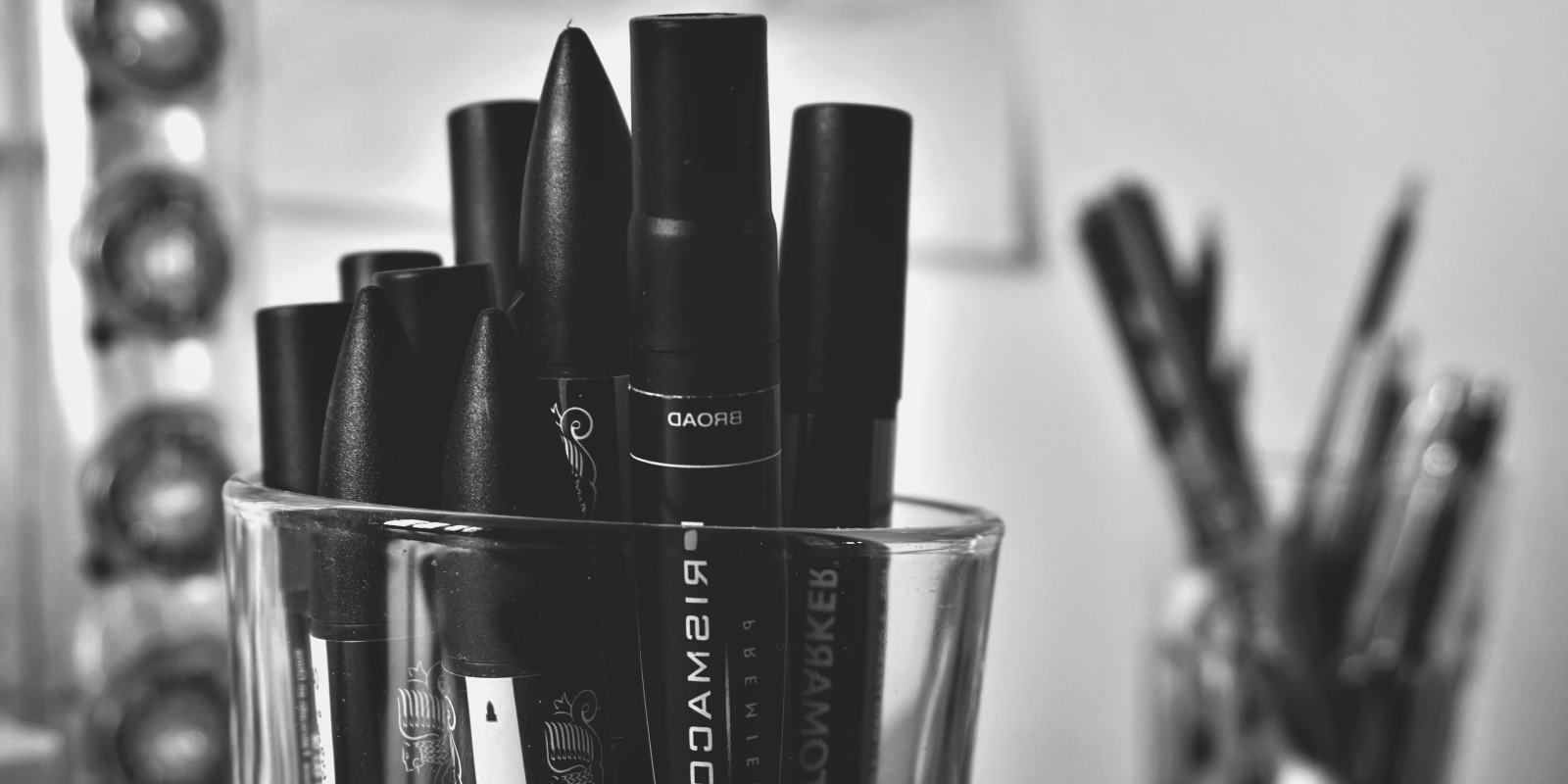
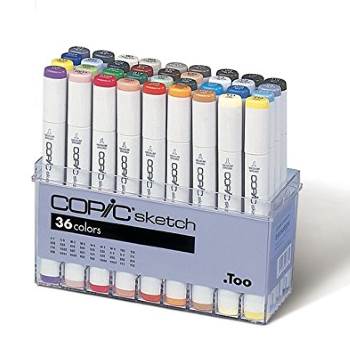 Copic Sketch
Copic Sketch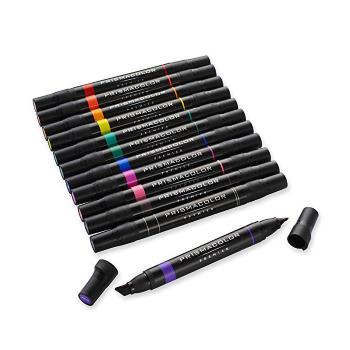 Prismacolor Premier Markers
Prismacolor Premier Markers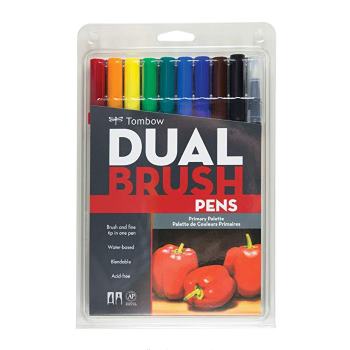 Tombow Brush Pens
Tombow Brush Pens